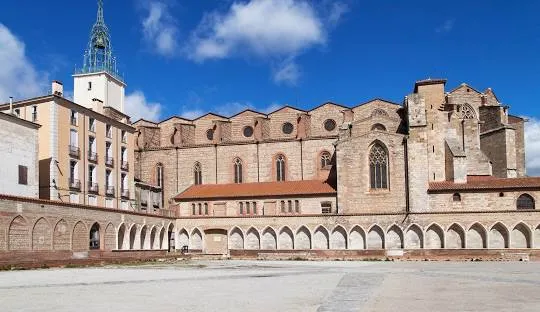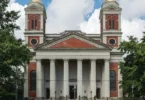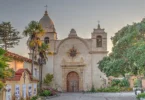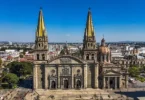Introduction
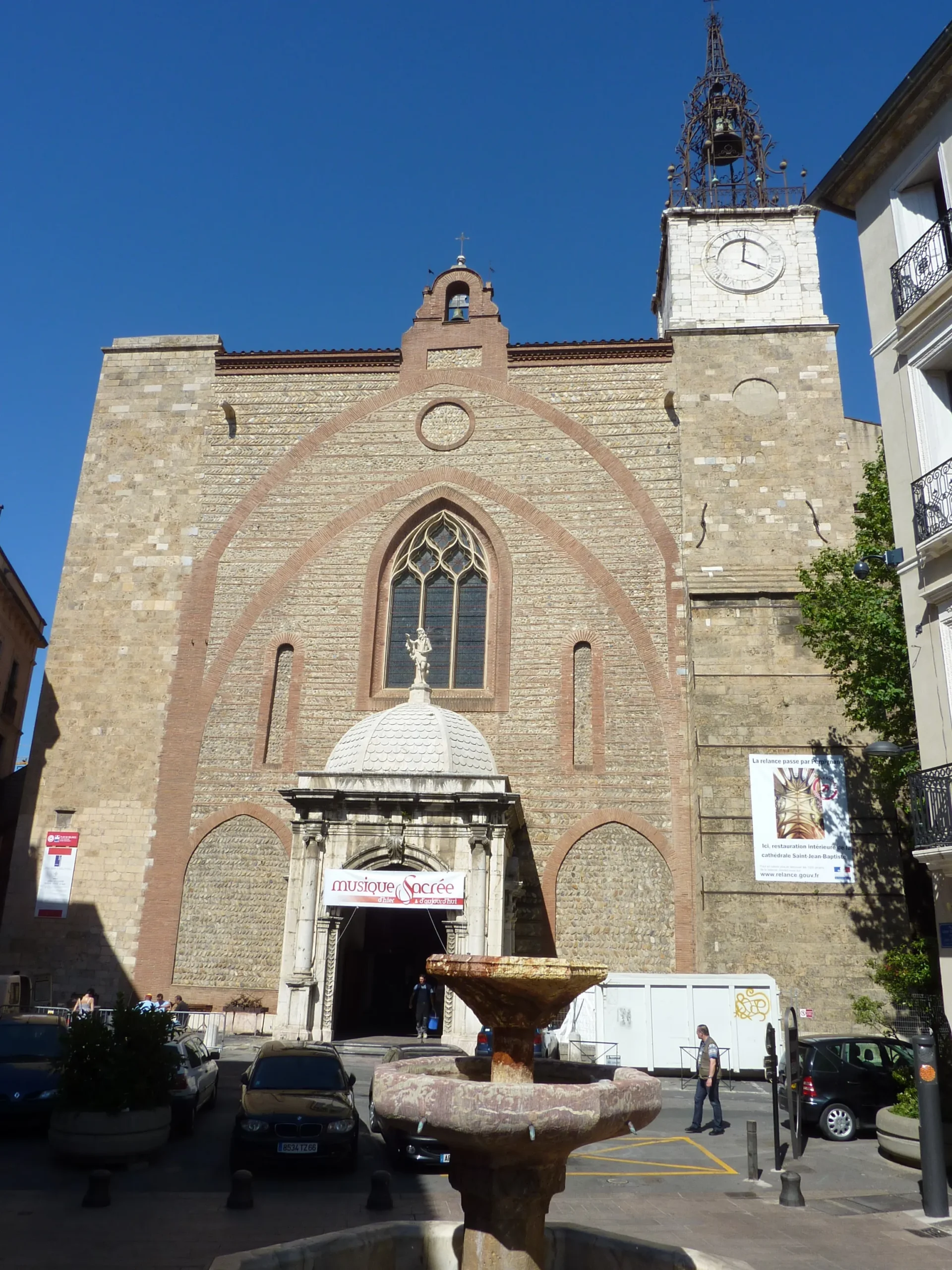
The Cathedral of Saint John the Baptist (French: Basilique-Cathédrale de Saint-Jean-Baptiste de Perpignan; Catalan: Catedral de Sant Joan Baptista de Perpinyà) is a Roman Catholic cathedral, and a national monument of France, located in the town of Perpignan in Languedoc-Roussillon. It is dedicated to Saint John the Baptist. Construction of the cathedral was begun in 1324 by King Sancho of Majorca, and later finished in the 15th century. It replaced the cathedral of Elna, and therefore was at first the seat of the Bishop of Elne, and then, from 1602, of the Bishop of Perpignan–Elne.
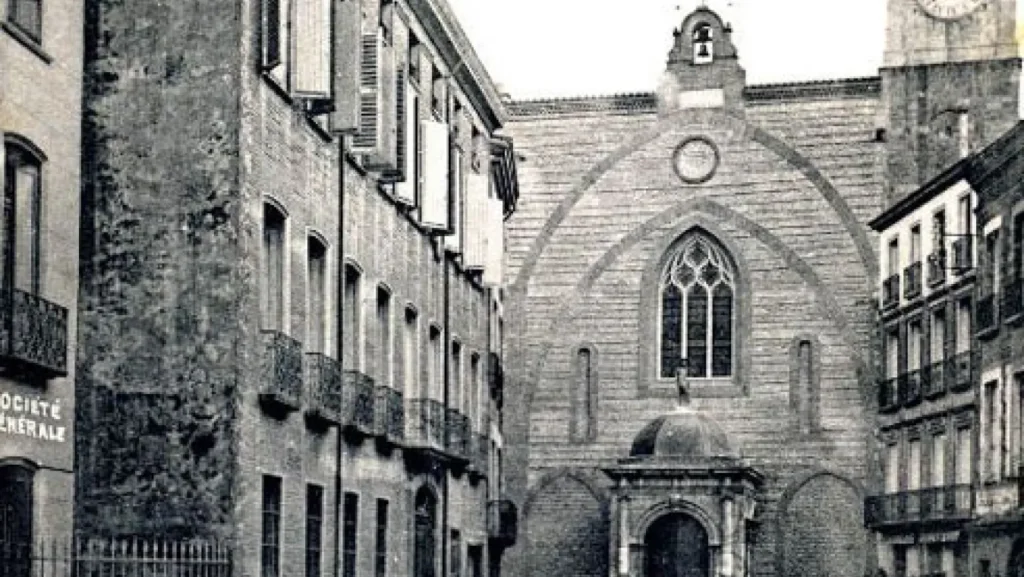
The Origins of the cathedral in Perpignan can be traced back to the 13th century, during a time when the city was thriving as the capital of the Kingdom of Majorca. In 1241, King James I of Aragon, recognizing the expanding population and the growing importance of the city, decided to commission the construction of a new church to accommodate the city’s increasing religious needs. The church was dedicated to Saint John the Baptist.
This Initial church, considerably smaller than the cathedral we see today, was consecrated in 1324. It served as a parish church and was built in the Southern Gothic architectural style. The church featured a single nave, characteristic of the early Gothic period, and was located outside the city walls at that time. Its design was relatively modest compared to the cathedral’s current grandeur.
As Perpignan’s political, economic, and cultural significance continued to rise, so too did the ambition for a more impressive cathedral that would reflect the city’s elevated status. This growing demand for a larger, more monumental structure ultimately led to the gradual expansion and transformation of the original church into the grand cathedral that now stands in the heart of the city.
A New Era – Ambition Takes Shape in Stone
The 14th century marked a pivotal period in the construction of the Cathedral of Saint John the Baptist in Perpignan. In 1324, King Sancho of Majorca launched an ambitious project to build a larger and more impressive cathedral, replacing the existing church on the same site. This decision was driven by the city’s growing significance within the Kingdom of Majorca, as well as the desire to create a monumental place of worship for the increasingly prosperous population.
However, the construction faced numerous setbacks almost immediately. The Black Death, which ravaged Europe in the mid-14th century, caused widespread death and disruption. This devastating plague brought the construction efforts to a halt, as it decimated the labor force and created social and economic upheaval across the region.
Beyond the plague, political instability and financial difficulties further hindered the progress of the cathedral. Perpignan and the surrounding area were caught in a turbulent period of political conflict, and the necessary funds and resources to continue the grand building project were often scarce. As a result, the cathedral remained unfinished for several decades, with work sporadic at best.
Despite these challenges, the cathedral’s construction finally resumed in the 15th century, under the reign of King Martin of Aragon, who became a key figure in the continued development of the structure. The design of the cathedral, which had already been influenced by Gothic architectural traditions, was further refined during this period. The central nave, which had initially been planned as a modest space, was expanded to create a much grander structure, reflecting the architectural style of the time. The new design included a single central nave flanked by two side aisles, which not only allowed for more seating but also created a more open and spacious interior, enhancing the cathedral’s sense of grandeur and verticality.
This expansion and refinement of the cathedral’s layout incorporated elements from the earlier church, preserving the continuity of the building’s history while allowing for new innovations. The resulting structure, with its soaring arches, expansive interior, and detailed Gothic elements, became a reflection of the Gothic architectural style that was flourishing in Europe during the late medieval period.
A Symbol of Resilience – Enduring Wars and Religious Upheavals in Perpignan Cathedral
The 16th and 17th centuries were a period of great upheaval for Perpignan and its cathedral. Caught in the midst of religious wars and political power struggles, the city endured numerous sieges and occupations. In 1642, during the Thirty Years’ War, Perpignan was taken by the French, marking a significant shift in the region’s political and religious landscape. As a result of these turbulent times, the cathedral was transformed into a collegiate church, reflecting the changing religious and social dynamics of the period. Despite the challenges faced by the city, the cathedral stood as a symbol of resilience and faith for the people of Perpignan. Its robust structure endured the ravages of war and time, while its spiritual significance continued to provide a sense of solace and identity for the community within its hallowed walls.
The Cathedral was constructed in the Catalan Gothic style, largely due to its historical connection with the Kingdom of Majorca. This architectural influence is evident in the design elements and structure of the building, which includes a spacious nave measuring 80 meters in length, 18 meters in width, and rising to a height of 26 meters. The nave is supported by seven cross-vaults, which create a grand and expansive interior. The cathedral also features a short transept and an apse, with the apse’s vault adorned with seven keys, adding to its distinctive Gothic design.
The cathedral’s western façade remains unfinished to this day. During restoration efforts in the 19th and 20th centuries, the original Gothic window of the façade was reconstructed, as it had previously been replaced by a simple rectangular opening that lacked the intricate design of the Gothic style. The façade also includes a portico and a clock tower, both of which were added in the 18th century, blending Baroque elements with the cathedral’s original Gothic structure.
In the 19th century, the process of tuning bells was significantly refined, and Perpignan became the site of the world’s first carillon with tuned bells, created by Amédée Bollée and his sons. This innovation was a milestone in bell-making technology, as it allowed for the precise tuning of multiple bells to create harmonious sound, an important development in cathedral music and bell chimes.
Architecture of the Basilica-Cathedral of Saint-Jean-Baptiste, Perpignan, France
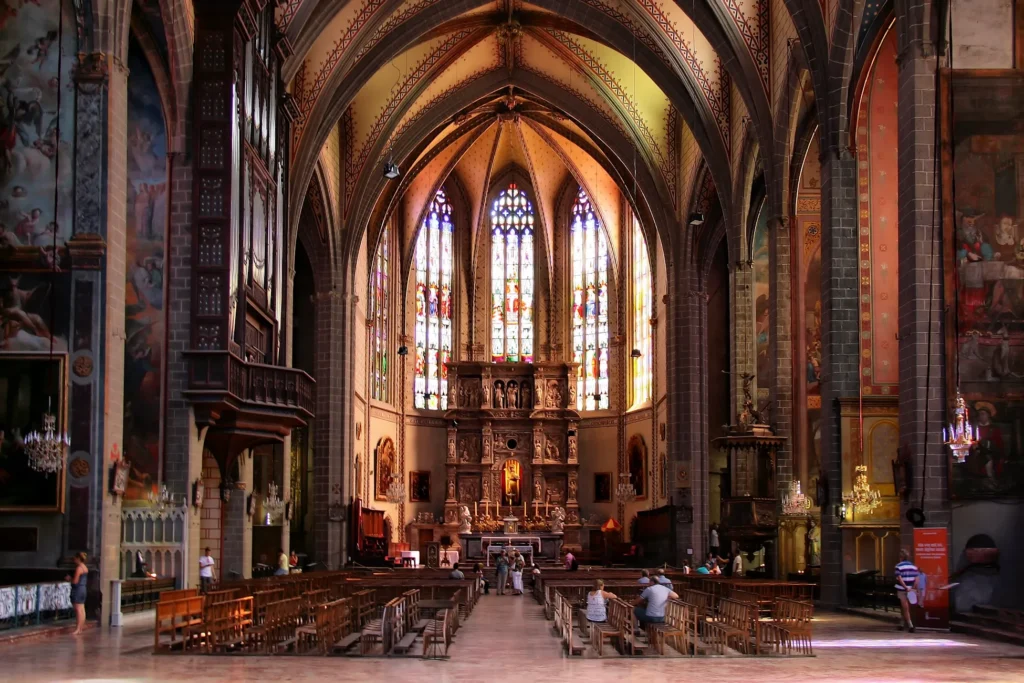
Architectural Style: Gothic Architecture
The Cathedral of Saint John the Baptist was built in the Southern Gothic style, which was popular in the 13th and 14th centuries in southern France and Spain. The cathedral is known for its imposing size, its single nave, and its vaulted ceilings, which create a grand and awe-inspiring interior. The construction process was a lengthy one, taking nearly a century to complete, with the final stages finished in the 15th century.
A Testament to Faith and Architectural Excellence
The Basilique-Cathédrale de Saint-Jean-Baptiste de Perpignan, commonly known as Saint-Jean-Baptiste Cathedral, stands as a monumental testament to enduring faith and architectural brilliance, gracing the heart of Perpignan for centuries. This basilica-cathedral is not only a revered place of worship but also a beacon of cultural significance and artistic inspiration, leaving an unforgettable impression on those who enter its hallowed walls.
Architectural Grandeur
The basilica-cathedral, its architectural magnificence is awe-inspiring. The façade is richly adorned with detailed stone carvings and magnificent stained glass windows, casting a radiant, ethereal glow within the interior. Rising above, the graceful bell tower soars toward the sky, completing a powerful display of Gothic elegance. Inside, the basilica-cathedral’s grand, soaring nave, graceful arches, and peaceful chapels invite a spirit of reverence and contemplation. Visitors can wander through these sacred spaces, marveling at religious artworks and intricate details, each element contributing to the timeless and serene ambiance of this remarkable sanctuary.
Architectural Highlights of Cathédrale Saint-Jean-Baptiste: Transept, Apse, and Façade
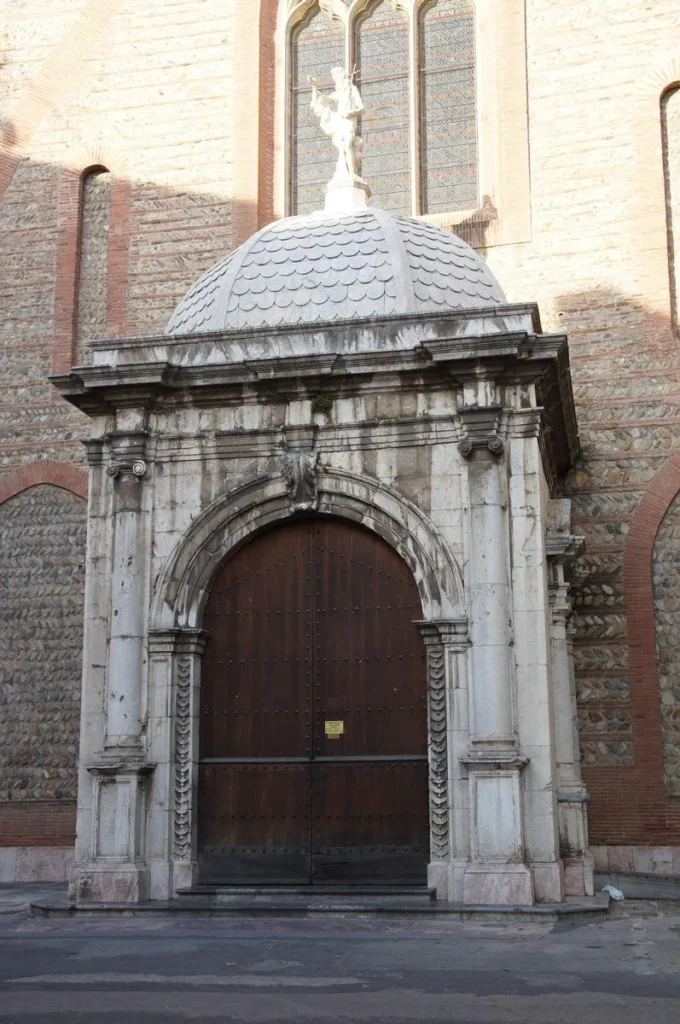
The Cathédrale Saint-Jean-Baptiste de Perpignan is a stunning showcase of Gothic craftsmanship, and its architecture is full of intricate details that tell a story of centuries-old dedication and skill. The transept and apse are particularly notable, designed with a vaulted ceiling adorned by seven delicately carved keystones. Each keystone adds a layer of depth to the cathedral’s design, drawing attention to the balance between strength and beauty that defines the Gothic style. The care taken to sculpt and arrange these elements leaves visitors in awe, highlighting the intricate craftsmanship that went into building this sacred space.
The western façade tells its own tale. Although never fully completed, this side of the cathedral possesses a unique charm. Restoration efforts in the 19th and 20th centuries sought to revive its historical splendor, including the careful reconstruction of the original Gothic window, which had previously been replaced with a simple rectangular design. This restoration brought back the grandeur of the façade, blending Gothic and more modern elements to maintain the cathedral’s architectural coherence. Additionally, the 18th-century portico and clock tower add a historic character, emphasizing the architectural evolution of the cathedral across centuries. The façade’s understated elegance invites visitors to explore the cathedral’s legacy as a symbol of resilience, faith, and artistry in Perpignan.
Campo Santo
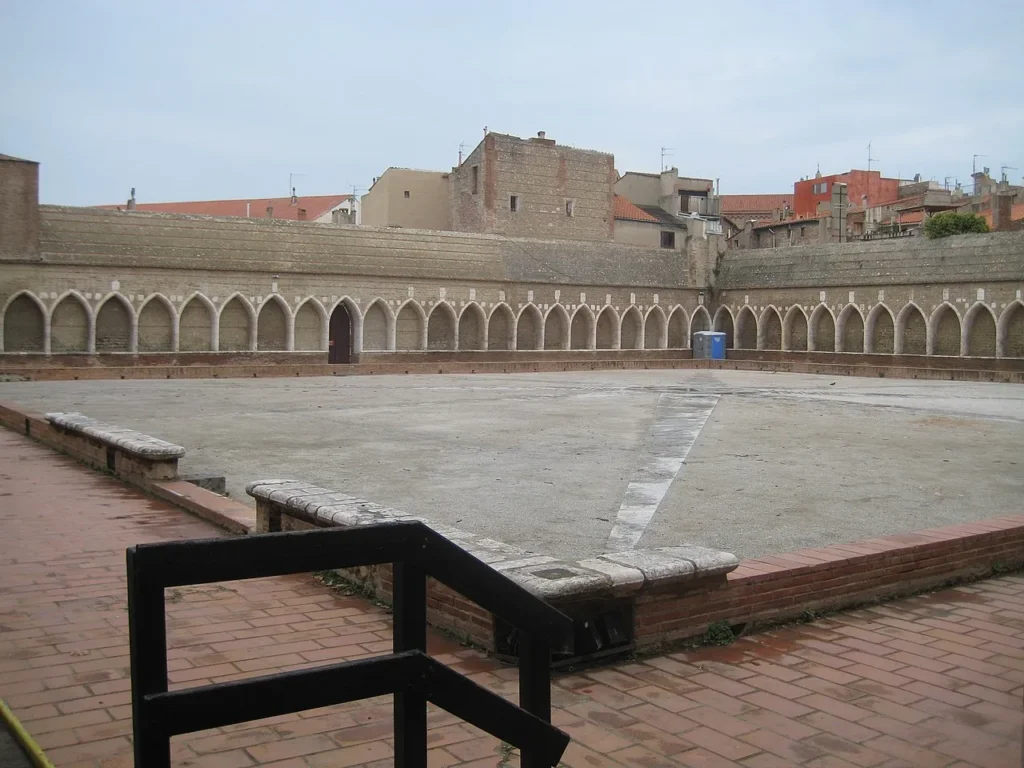
The Campo Santo (or Saint-Jean Cloister), located on the south side of the cathedral, was once the urban cemetery of Perpignan. It is the oldest and largest surviving medieval cemetery in France. Construction likely began as early as 1298, and certainly before 1302 (the date on the tombstone of Guillem Jorda, the hebdomadary and “initiator of the work of the cloister”). The cemetery was completed during the first half of the 14th century.
Following the French Revolution, the practice of burying the dead within city limits was discontinued. In 1825, the western gallery of the cloister was demolished to make way for a diocesan seminary, which later became gendarmerie barracks. The cloister underwent a significant restoration between 1984 and 1991, but today only the north, east, and south walls of the original structure remain. The five niche tombs on the west side have also been restored. The cloister’s numerous sculptural elements, such as burial stones and low reliefs, are visible in these niche tombs. A funerary chapel is located on the east side.
The simple skylight galleries, which once surrounded the cloister with wooden poles and pillars at the corners, were removed at the beginning of the 19th century. During the restoration, some remnants of these galleries were discovered and relocated to the Convent of the Minimes in Perpignan for safekeeping.
Feast Day
Feast day: 24 June
The feast day of Saint John the Baptist, to whom the Basilica-Cathedral of Saint-Jean-Baptiste in Perpignan, France, is dedicated, is celebrated on June 24. This date honors the birth of Saint John the Baptist and is widely celebrated in many regions, including Catalonia, where Perpignan is located.
Church Mass Timing
Monday : 8:00 a.m.
Tuesday : 8:00 a.m.
Wednesday : 8:00 a.m.
Thursday : 8:00 a.m.
Friday : 8:00 a.m.
Saturday : 8:00 a.m., 6:30 p.m.
Sunday : 09:30 a.m., 11:00 a.m., 6:30 p.m.
Church Opening Time:
Monday : 7:30 am – 7:00 pm
Tuesday : 7:30 am – 7:00 pm
Wednesday : 7:30 am – 7:00 pm
Thursday : 7:30 am – 7:00 pm
Friday : 7:30 am – 7:00 pm
Saturday : 7:30 am – 7:00 pm
Sunday : 7:30 am – 7:00 pm
Contact Info
Address :
1 Rue de l’Horloge, 66000 Perpignan, France
Phone : +33468646393
Accommodations
Connectivities
Airway
The nearest airport to The Church of Basilica-Cathedral of Saint-Jean-Baptiste, Perpignan, France, is, Aéroport Sud de France Perpignan, Av. Maurice Bellonte, 66000 Perpignan, France, which is just 11 min (7.2 km) via Av. Maurice Bellonte/D5G away from the basilica.
Railway
The nearest railway to The Church of Basilica-Cathedral of Saint-Jean-Baptiste, Perpignan, France, is, Perpignan Galerie Salvador Dalì, 66000 Perpignan, France, which is 8 min (2.1 km) via Av. de Grande Bretagne away from the basilica.

